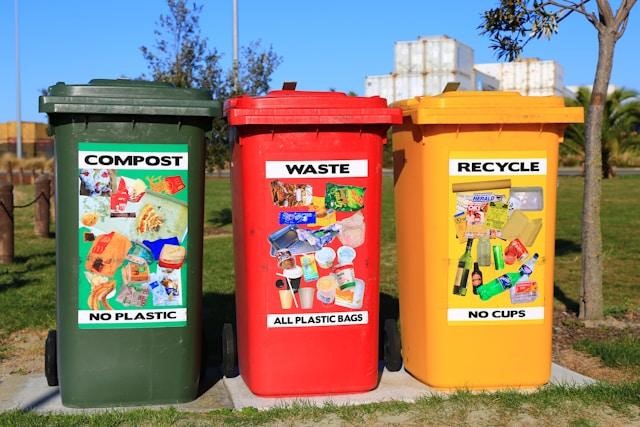Moving to a new residence frequently presents an ecological challenge that most individuals don’t expect. From discarded packaging supplies to left-behind furnishings and the carbon emissions from transport, the average household relocation produces a remarkably substantial environmental effect.
Studies indicate that Americans create millions of tons of relocation-associated waste yearly, with significant portions preventable through better preparation. Here’s how to reduce waste and make your move eco-friendly.
Declutter Before You Pack
Assess your possessions and determine what transportation is required for your new residence. Contribute items in satisfactory condition to neighborhood charitable organizations, market valuable pieces through online platforms, or offer them to relatives and acquaintances who could utilize them.
Concentrate on weighty objects such as books, furnishings, and appliances you seldom utilize. These items generate waste when disposed of and raise fuel usage during transportation because of their mass.
Convert essential documents and photographs to digital while maintaining keepsakes. This strategy decreases the quantity of belongings to relocate and the ecological consequences of moving them.
Optimize Your Moving Strategy
When planning long distance container moving, consolidate your shipments to maximize efficiency and minimize environmental impact. Partially filled containers or multiple trips significantly increase fuel consumption and carbon emissions per item moved. Work with your moving company to ensure optimal container utilization, even if it means coordinating timing with other customers sharing container space.
Choose moving dates strategically to avoid peak times when trucks might make less efficient routes due to high demand. Off-peak moving often results in more direct routes and consolidated loads, reducing overall fuel consumption. If possible, time your move to coincide with others heading in the same direction to share transportation resources.
Source Sustainable Packing Materials
Conventional moving materials such as bubble wrap, foam fillers, and disposable cardboard containers contribute to waste generation. Alternatively, explore environmentally-friendly options that provide identical protective functions. Utilize towels, comforters, and garments as cushioning for delicate objects, which removes the requirement for throwaway padding materials while efficiently using fabrics you’re already transporting.
Obtain previously used containers from neighborhood merchants, alcohol retailers, and digital platforms where establishments frequently distribute them at no cost. These containers receive extended usage rather than proceeding immediately to recycling facilities. For belongings requiring additional security, explore leasing reusable plastic containers that services retrieve following your relocation, completely removing disposable packaging.
Choose Environmentally Conscious Moving Companies
Research moving companies that prioritize sustainability in their operations. Look for businesses that use biodiesel or hybrid vehicles, and have established recycling programs for moving supplies. Some companies now provide carbon offset programs that compensate for emissions generated during your move.
Inquire with prospective movers regarding their waste minimization strategies and their approach to handling materials following delivery. Organizations dedicated to ecological stewardship frequently retrieve used containers and packaging supplies for reuse with additional clients, preventing these materials from becoming disposable waste.
Plan for Post-Move Sustainability
Prepare for the responsible disposal of moving materials before you even begin packing. Identify local recycling centers that accept cardboard, and research organizations that collect used moving supplies for redistribution. Many community groups and online platforms facilitate the sharing of moving materials between families.
Set up recycling stations in your new home immediately upon arrival to handle the inevitable waste from unpacking. Break down boxes promptly and store them flat to prevent damage, making them suitable for donation to others who might need them. This forward-thinking approach ensures your moving materials continue serving their purpose rather than creating waste.
Endnote
Making your move environmentally friendly requires planning and intentional choices, but the effort pays dividends in reduced waste and environmental impact. These sustainable practices often save money while protecting the planet, proving that eco-friendly moving benefits both your wallet and the world around you.




